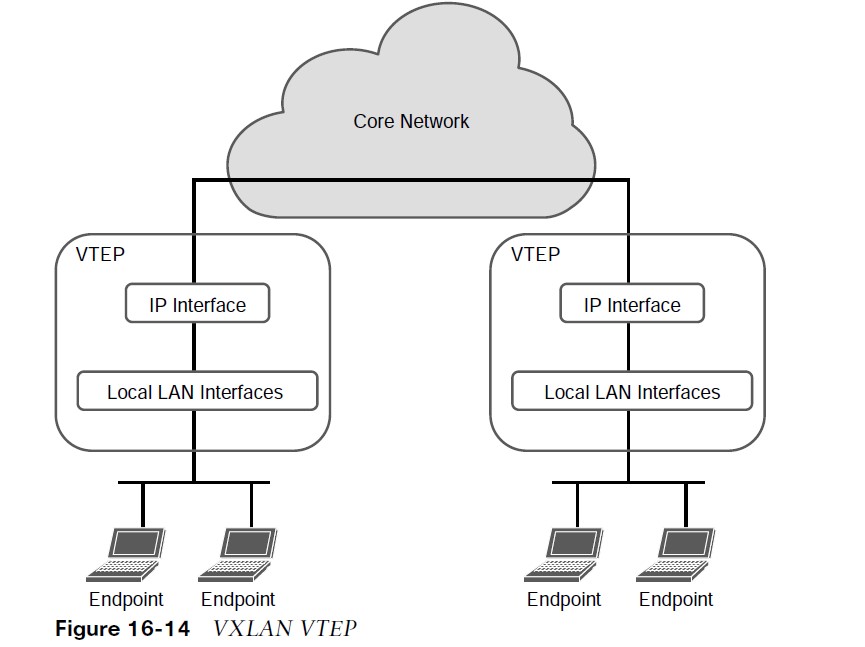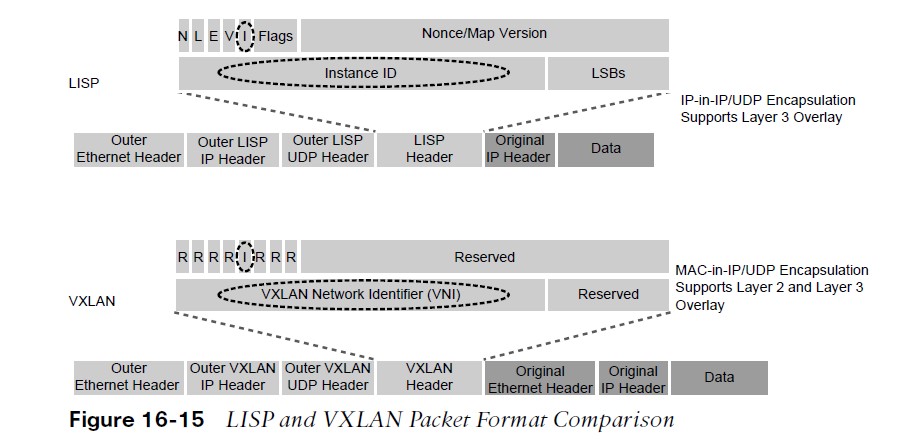
About Lesson
Virtual Extensible Local Area Network (VXLAN)
describes VXLAN as a data plane protocol that is open to operate with any control plane protocol.
- Server Virtualization has placed an increased demand on legacy network infrastructure.
- Layer 2 networks were not designed to support hundreds of thousands of MAC addresses and tens of thousands of VLANs.
- VXLAN is designed to address the issues being seen in traditional Layer 2 networks.
Issues with Legacy Layer 2 Networks
Virtualization has led to a number of problems with traditional Layer 2 Networks:
- The 12-bit VLAN ID yields 4000 VLANs, which are insufficient for server virtualization.
- Large MAC address tables are needed due to the hundreds of thousands of VMs and containers attached to the network.
- STP blocks links to avoid loops, and this results in a large number of disabled links, which is unacceptable.
- ECMP is not supported.
- Host mobility is difficult to implement.
VXLAN Network Identifier
VXLAN has a 24-bit VXLAN network identifier (VNI), which allows for up to 16 million VXLAN segments (more commonly known as overlay networks) to coexist within the same infrastructure. 
- VNI is located in the VXLAN shim header that encapsulates the original inner MAC frame originated by an endpoint. The VNI is used to provide segmentation for Layer 2 and Layer 3 traffic.
- To facilitate the discovery of VNIs over the underlay Layer 3 network, virtual tunnel endpoints (VTEPs) are used.
- Each VTEP has two interfaces:
Local LAN interfaces – These interfaces on the local LAN segment provide bridging between local hosts.
IP interface – This is a core-facing network interface for VXLAN. The IP interface’s IP address helps identify the VTEP in the network.
VXLAN Headers

- There are minor differences between the Layer 2 LISP specification and the VXLAN specification headers. LISP fields not ported over to VXLAN are reserved for future use.
- Cisco Software Defined Access (SD-Access) is an example of an implementation of VXLAN with the LISP control plane.
Other useful information:
Join the conversation